Bhutan, often referred to as the “Land of the Thunder Dragon,” is a captivating destination renowned for its stunning landscapes, vibrant culture, and commitment to preserving its environment. From the iconic Paro Taktsang (Tiger’s Nest Monastery), which clings to a cliffside overlooking the Paro Valley, to the majestic Punakha Dzong, situated at the confluence of two rivers, the country’s architecture reflects a harmonious blend of tradition and nature. The capital city, Thimphu, offers a unique mix of modern amenities and rich cultural experiences, including Places in Bhutan visits to the National Memorial Chorten and the Tashichho Dzong.
Exploring Bhutan’s diverse valleys, such as Bumthang and Phobjikha, reveals a treasure trove of spiritual sites and breathtaking landscapes. Bumthang, known as the spiritual heartland, is home to ancient temples and picturesque apple orchards, while Phobjikha Valley is famous for its black-necked cranes and serene scenery. The lesser-known Haa Valley and the historic Trongsa Dzong further showcase Bhutan’s cultural richness and natural beauty. Each region invites visitors to immerse themselves in local traditions, stunning hikes, and the warm hospitality of the Bhutanese people, making Bhutan an unforgettable destination for any traveler.
Top 10 Must Visit Places in Bhutan
1. Tiger’s Nest Monastery (Paro Taktsang)
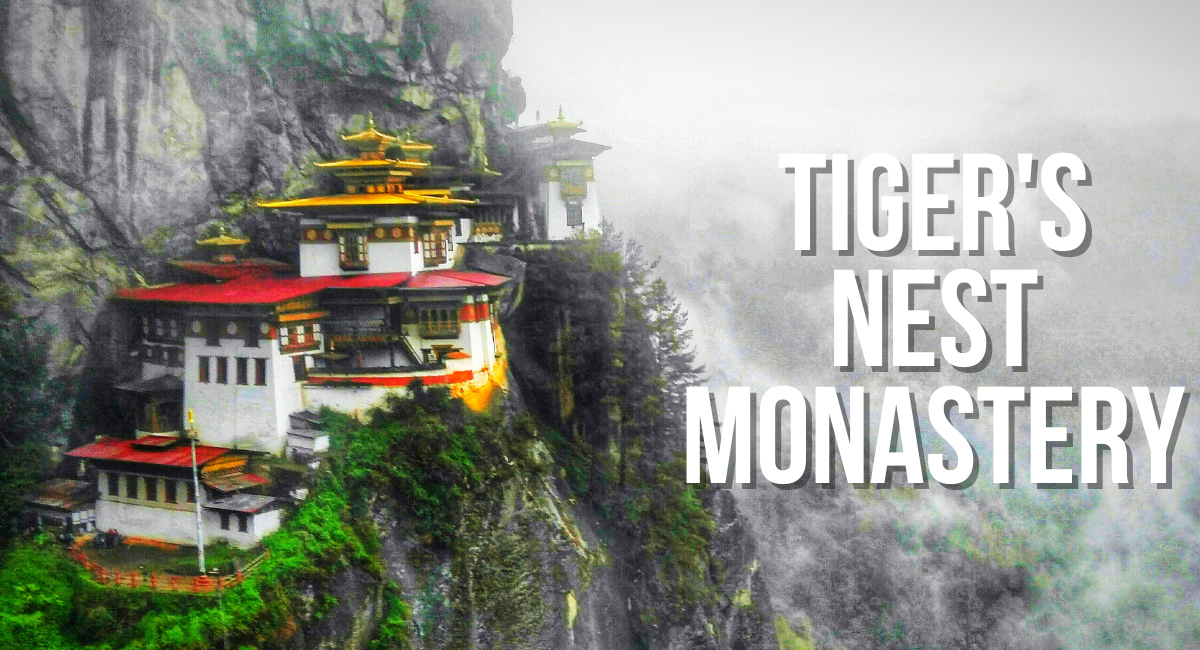
Perched dramatically on a cliffside in the Paro Valley, the Tiger’s Nest Monastery is one of Bhutan’s most iconic landmarks and a must-visit for any traveler. This sacred monastery, also known as Paro Taktsang, is said to be the meditation site of Guru Rinpoche, the revered Buddhist master. The hike to the monastery is both physically challenging and spiritually rewarding, offering breathtaking views of the Paro Valley and the surrounding Himalayan peaks. The sense of peace and serenity that envelops the monastery makes the journey worth every step.
For those looking to immerse themselves in Bhutanese spirituality, a visit to the Tiger’s Nest is an essential experience. The hike itself takes around 3 to 4 hours, depending on your pace, with a teahouse stop halfway offering refreshments and a chance to admire the monastery from a distance. The cliffside location and the sacred history of the site make it a must-visit for anyone seeking Bhutan’s spiritual essence.
2. Punakha Dzong
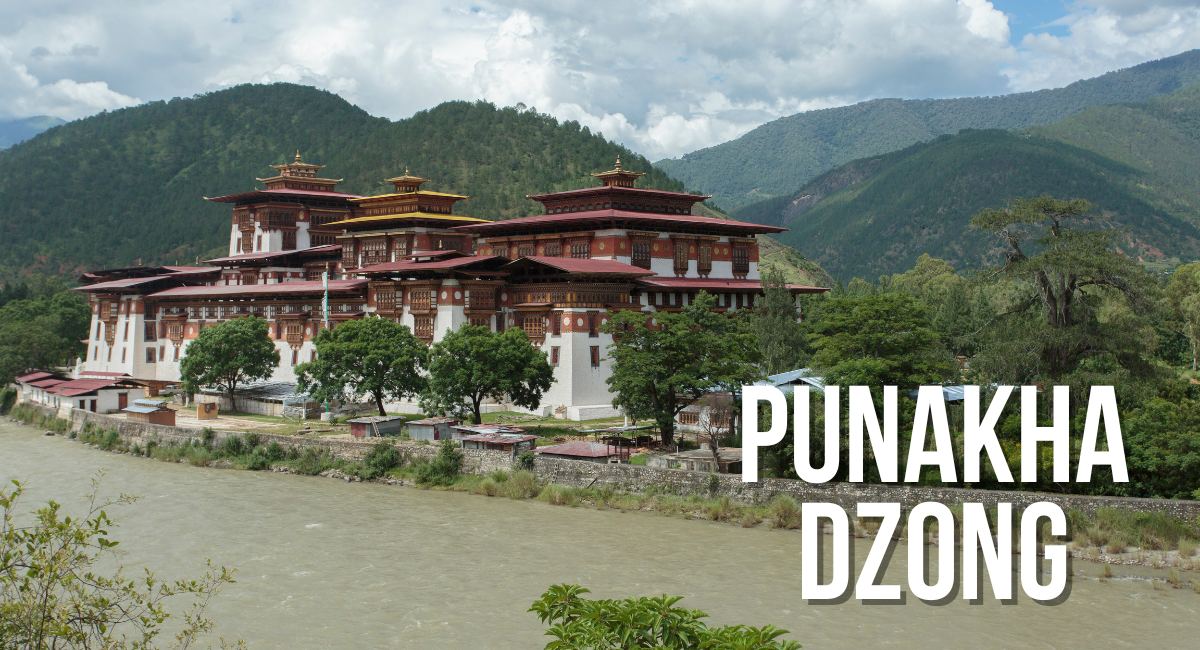
Punakha Dzong is one of Bhutan’s most majestic and historically significant fortresses, situated at the confluence of the Pho Chhu and Mo Chhu rivers. Its stunning architecture, featuring intricately painted woodwork and grand courtyards, is a true marvel of Bhutanese craftsmanship. Punakha Dzong also holds great cultural and religious significance, as it has been the site of many important events, including the coronation of Bhutan’s kings. The dzong is surrounded by beautiful landscapes, with jacaranda trees blooming in the spring, adding to its picturesque setting.
must Visit Places in Bhutan Punakha Dzong will also be able to witness some of Bhutan’s most vibrant festivals, such as the Punakha Tshechu and the Drubchen, where traditional mask dances and rituals are performed. This architectural masterpiece not only represents Bhutan’s historical and religious heritage but also offers a peaceful retreat for those looking to explore the country’s rich cultural legacy.
3. Bumthang Valley
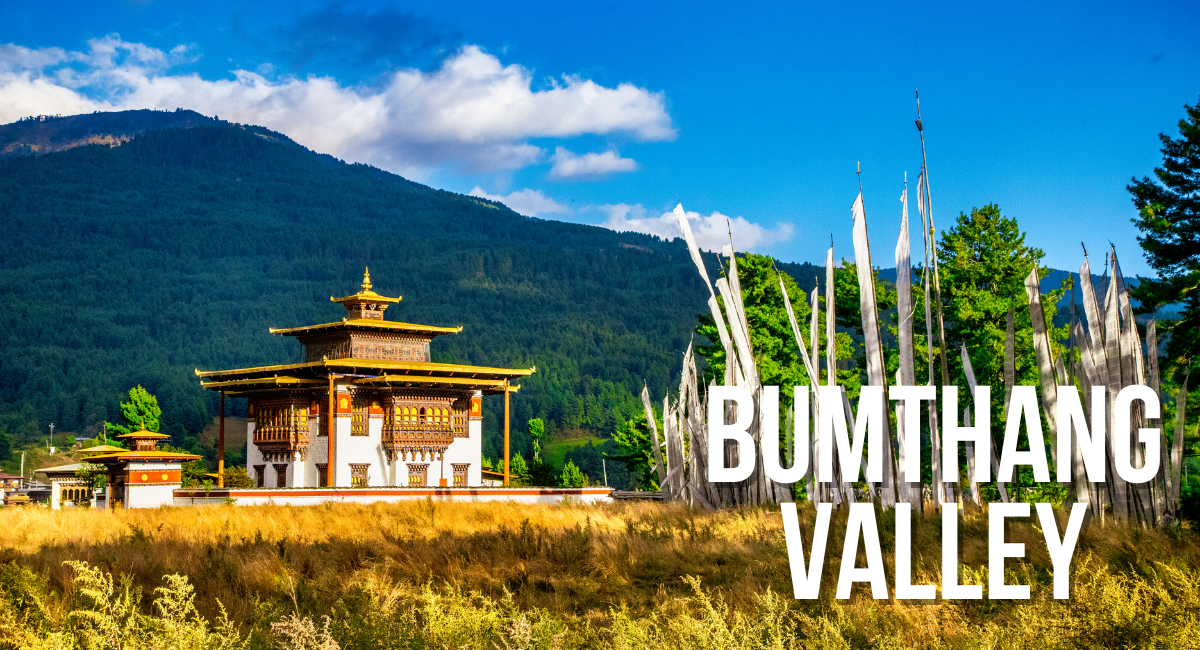
Known as the spiritual heart of Bhutan, Bumthang Valley is a region of immense cultural and religious importance. The valley is home to numerous ancient monasteries and temples, including the Jambay Lhakhang and Kurjey Lhakhang, which are among the country’s most sacred sites. Bumthang’s serene landscape, with its rolling hills and pristine forests, makes it a top destination for travelers seeking peace and tranquility. The valley is also a hub for festivals, such as the Jambay Lhakhang Drup, where colorful religious dances are performed to honor the spiritual traditions of the area.
In addition to its spiritual significance, Bumthang Valley offers a glimpse into Bhutan’s traditional way of life. The region is famous for its local crafts, such as cheese, honey, and handwoven textiles, allowing visitors to experience the country’s artisanal traditions. Exploring Bumthang’s quiet villages and sacred sites is a journey through Bhutan’s soul, offering both cultural enrichment and natural beauty.
4. Thimphu
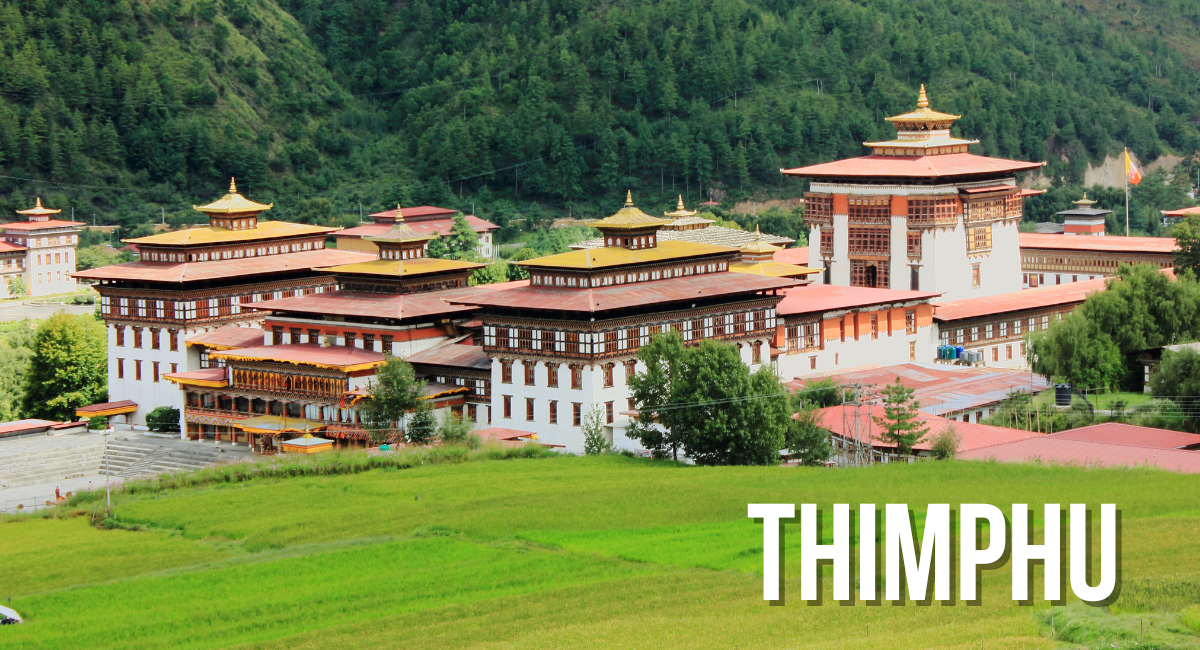
As the capital city of Bhutan, Thimphu is a fascinating blend of modernity and tradition. Unlike any other capital city, Thimphu still maintains its cultural heritage, with no traffic lights and a strong emphasis on Bhutanese architecture. Visitors can explore various attractions such as the National Memorial Chorten, a stupa built in honor of Bhutan’s third king, and the massive Buddha Dordenma statue, which overlooks the city from the surrounding hills. Thimphu offers a unique urban experience while retaining the essence of Bhutan’s traditional values.
In addition to its historical sites, Thimphu is also the cultural heart of Bhutan, with a lively arts and crafts scene. Visitors can explore the bustling weekend market, must Visit Places in Bhutan the National Institute for Zorig Chusum (Bhutanese art school), or enjoy traditional performances at the Royal Academy of Performing Arts. Thimphu is a great starting point for travelers looking to immerse themselves in Bhutanese culture and experience the modern side of the country without losing its traditional charm.
5. Dochula Pass
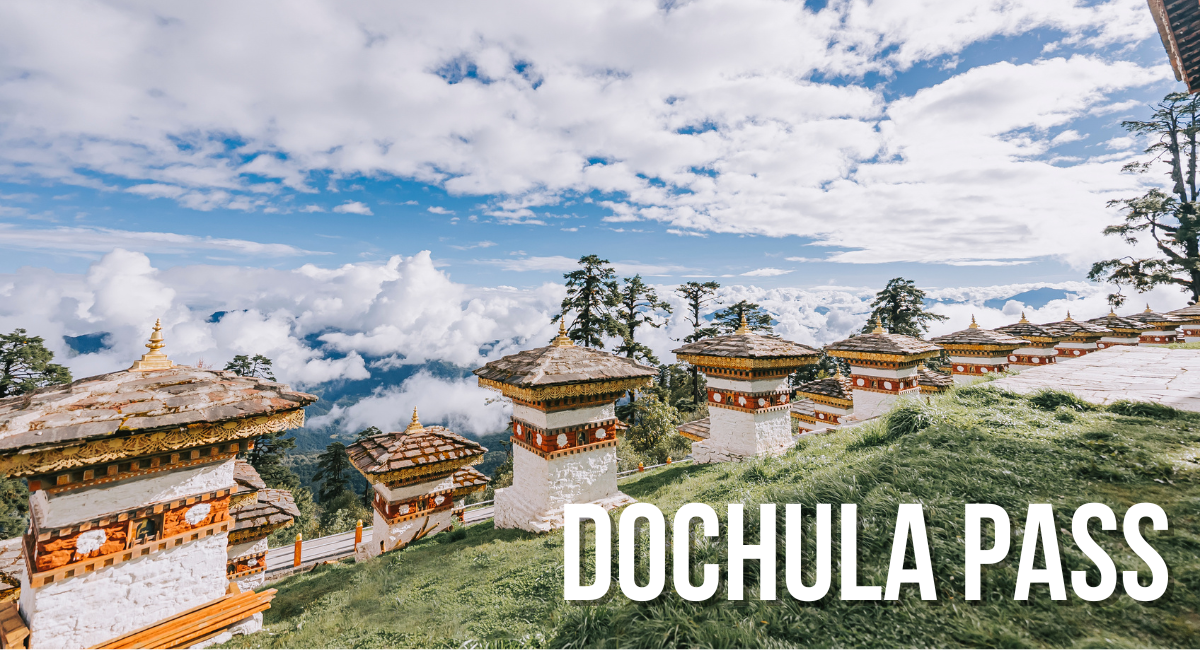
For panoramic views of the Himalayas, Dochula Pass is an unmissable destination. Located on the road from Thimphu to Punakha, this high-altitude pass is famous for its 108 chortens (Buddhist stupas) built in honor of Bhutanese soldiers. On clear days, the pass offers stunning views of snow-capped peaks, making it a perfect spot for photography and relaxation. The must Visit Places in Bhutan surrounding area is filled with lush forests, adding to the tranquil atmosphere.
Dochula Pass is not just about the scenic beauty but also holds spiritual significance. The Druk Wangyal Lhakhang, a nearby temple, was built to commemorate the victory of Bhutan’s troops in the 2003 battle against insurgents. A visit to Dochula offers a peaceful retreat and an opportunity to connect with Bhutan’s spiritual and historical essence while enjoying the magnificent vistas.
6. Phobjikha Valley
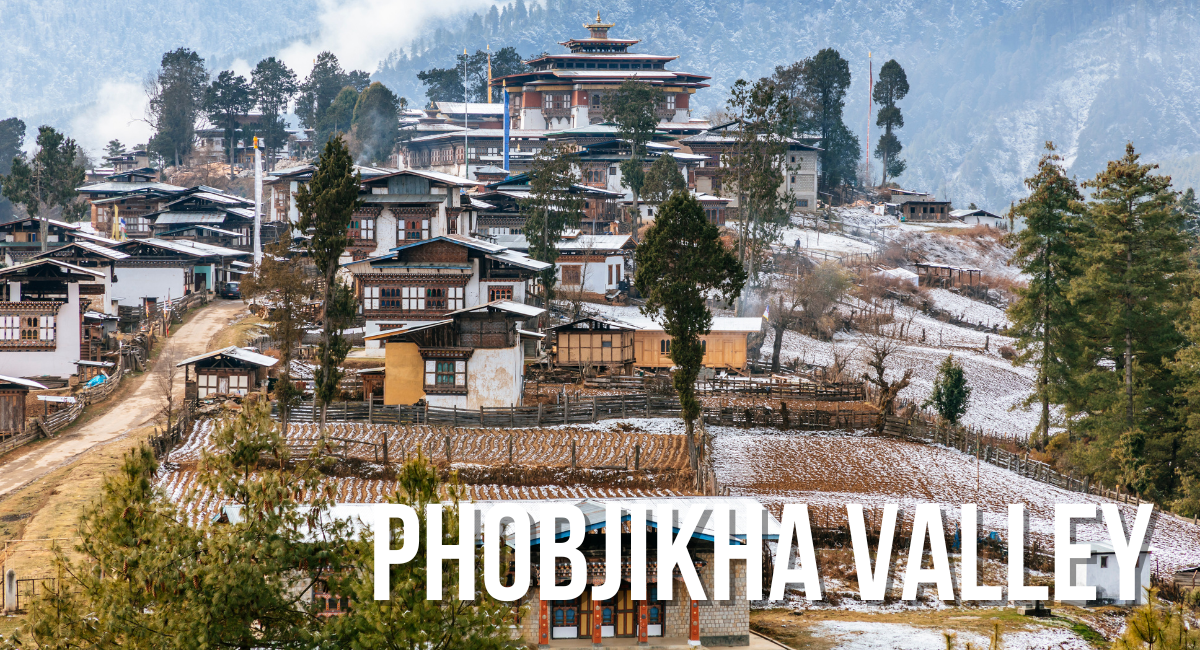
Phobjikha Valley, also known as Gangtey Valley, is a stunning glacial valley renowned for its pristine beauty and as the winter home of the endangered black-necked cranes. These graceful birds migrate to Phobjikha from Tibet, and their arrival is celebrated with the annual Black-Necked Crane Festival. The valley’s wide open spaces and rolling hills make it a perfect destination for nature lovers and trekkers.
In addition to its natural beauty, Phobjikha is home to the Gangtey Monastery, one of the most important monasteries in Bhutan. Visitors can explore the surrounding nature trails, must Visit Places in Bhutan the Crane Information Centre, and learn about the valley’s conservation efforts. Phobjikha Valley is a serene escape into Bhutan’s natural wonders, offering a perfect blend of wildlife, culture, and spirituality.
7. Haa Valley
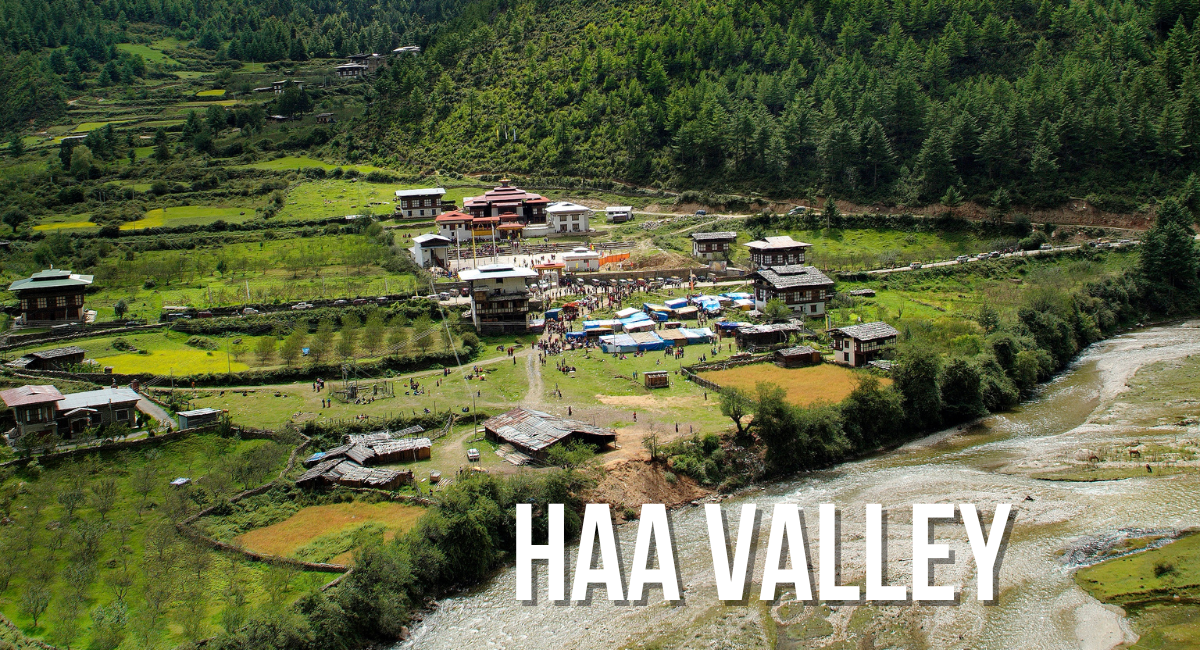
Haa Valley is one of Bhutan’s most remote and least-visited regions, making it an ideal destination for those looking to explore off-the-beaten-path. Located near the border with Tibet, this picturesque valley is surrounded by forested hills and dotted with traditional Bhutanese homes. Haa Valley offers a glimpse into Bhutan’s rural life, where visitors can experience the warmth and hospitality of the local people.
For adventure seekers, Haa Valley provides opportunities for trekking and exploring Bhutan’s stunning landscapes. The valley is also known for its ancient temples, such as the Lhakhang Karpo (White Temple) and Lhakhang Nagpo (Black Temple),must Visit Places in Bhutan which offer insight into Bhutanese spiritual traditions. A visit to Haa Valley provides a peaceful retreat and an authentic cultural experience in one of Bhutan’s most tranquil settings.
8. Wangdue Phodrang
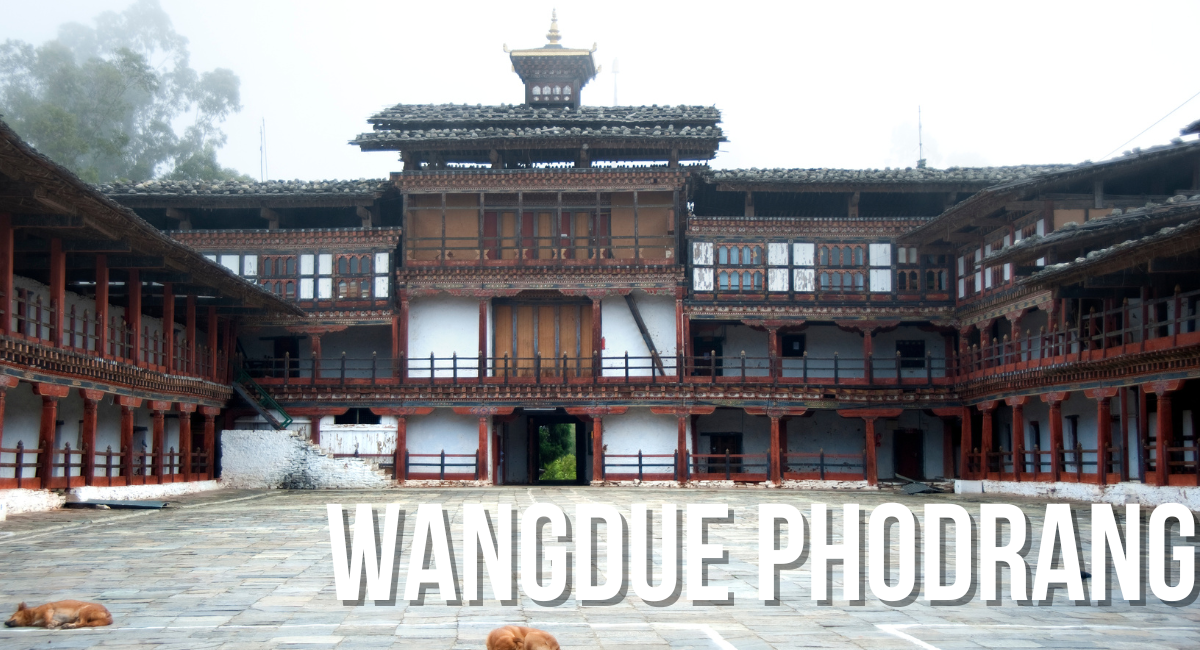
Wangdue Phodrang is a scenic district in central Bhutan known for its impressive dzong and beautiful landscapes. The Wangdue Phodrang Dzong, although partially destroyed by fire in 2012, remains a symbol of the region’s rich history and culture. The dzong overlooks the Punakha River and offers stunning views of the surrounding valley, making it a great stop for travelers.
In addition to its historical significance, Wangdue Phodrang is famous for its unique crafts, such as bamboo products and slate carvings. Visitors can explore local markets, interact with artisans, and take home handmade Bhutanese souvenirs. The district’s natural beauty and cultural richness make it a perfect destination for those looking to explore Bhutan’s diverse heritage.
9. Chele La Pass

Chele La Pass, standing at an elevation of 3,988 meters, is the highest motorable pass in Bhutan and offers visitors breathtaking views of the surrounding Himalayan peaks. Located between the Paro and Haa Valleys, this high-altitude pass is a popular destination for both nature lovers and adventure seekers. The winding roads leading up to the pass provide stunning vistas of lush forests, rolling meadows, and distant snow-capped mountains, including the sacred Mount Jomolhari. On clear days, the pass offers panoramic views that are perfect for photography, making it a must-visit for those traveling through western Bhutan.
Beyond its scenic beauty, Chele La Pass is known for its vibrant display of wildflowers during the spring and summer months, with colorful prayer flags fluttering in the wind, adding to the spiritual ambiance of the location. The pass is also a starting point for various trekking routes, offering outdoor enthusiasts the chance to explore the untouched wilderness of Bhutan. Whether you’re seeking tranquility in nature or looking for a thrilling adventure, Chele La Pass provides an unforgettable experience of Bhutan’s natural and spiritual landscapes.
10. Trongsa
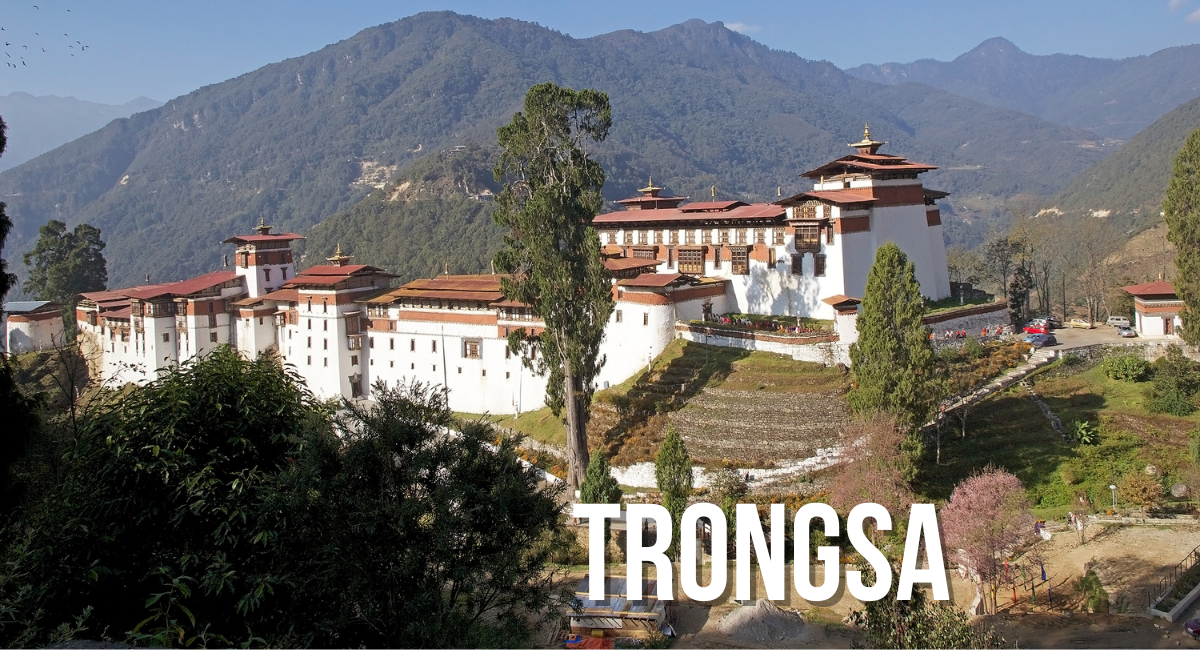
Trongsa, located in central Bhutan, is often referred to as the historical heart of the kingdom due to its deep connection with the country’s royal lineage. The town is dominated by the majestic Trongsa Dzong, one of Bhutan’s largest and most impressive fortresses. Built in 1648, the dzong played a key role in unifying Bhutan under a central authority. It has since been a significant seat of power for the Wangchuck dynasty, with Bhutan’s kings traditionally holding the title of Penlop (governor) of Trongsa before ascending the throne. Perched on a ridge overlooking the Mangde River, the fortress offers spectacular views of the surrounding valleys and mountains, making it a must Visit Places in Bhutan for history and architecture enthusiasts.
Beyond its historical significance, Trongsa offers visitors a glimpse into Bhutan’s spiritual and cultural heritage. The nearby Ta Dzong, originally a watchtower, has been transformed into a museum that houses relics and artifacts related to Bhutan’s monarchy and religious traditions. Trongsa’s strategic location in the center of Bhutan also makes it a key stopping point for travelers heading between the western and eastern regions. With its blend of historical importance, stunning landscapes, and spiritual depth, Trongsa provides a unique experience for those looking to understand the essence of Bhutan’s past and present.



